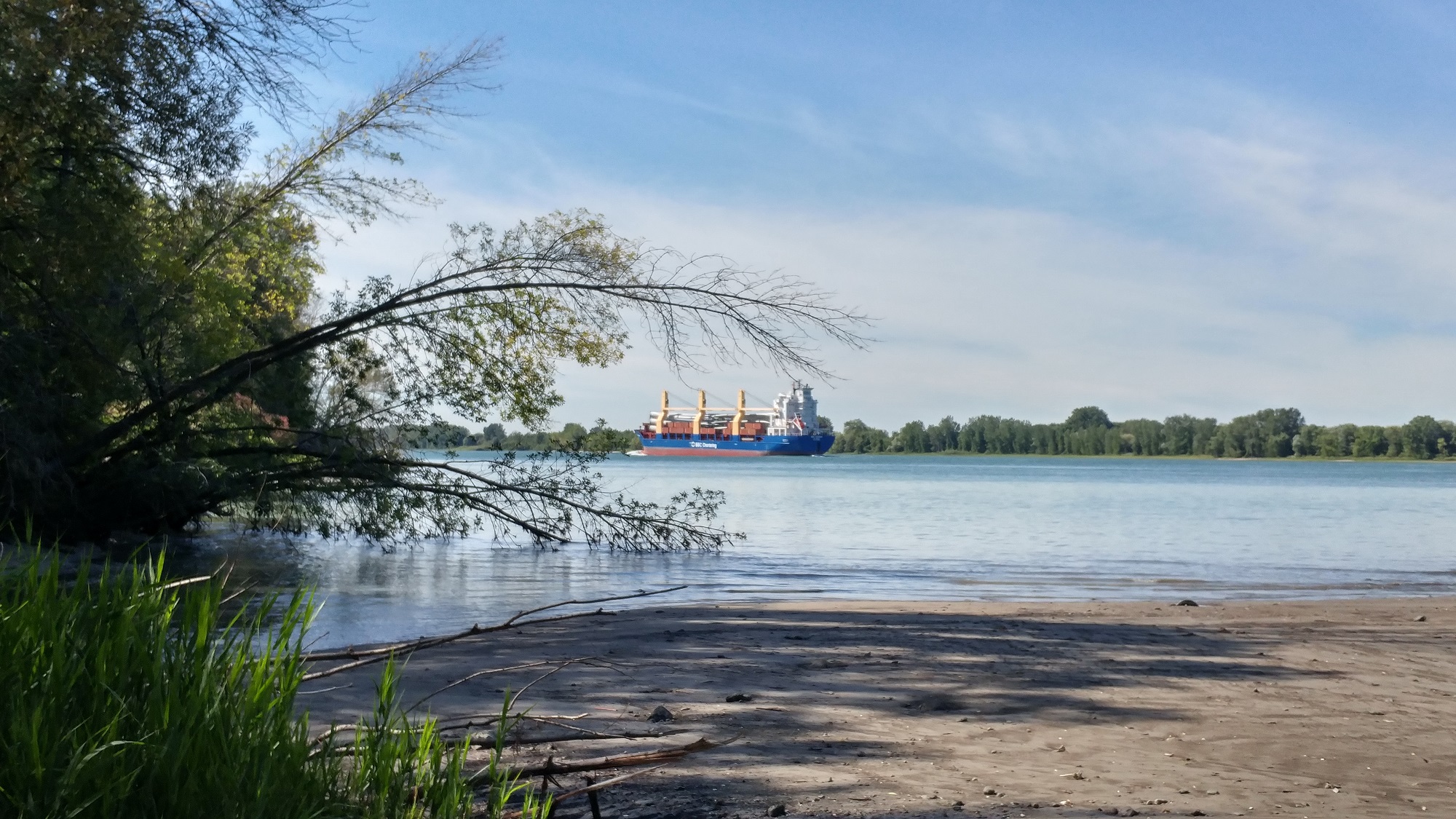
Natural ecosystems and biodiversity
How we aim to preserve green spaces, protect wildlife and improve water quality.
The MPA pledged to plant 3,000 trees by 2027 to strengthen the canopy on Montreal territory as part of an initiative of the Greening Leaders Committee of Montreal, of which the MPA has been a member since 2018. After a massive makeover, the Grand Quay of the Port of Montreal was inaugurated on June 3, 2018. Formerly known as Alexandra Pier, the site has been renovated and upgraded, with significant changes to its mission and its place at the heart of downtown Montreal. Developing the green roof and the park area made it possible to replace previously concrete and unvegetated surfaces with vegetated surfaces. It is noteworthy that the project to upgrade the MPA’s Grand Quay won the prestigious Corps Public award at the Gala Montréal durable. It was singled out for its positive impact in terms of sustainable development through its landscape planning, its shore power system and its approach to connecting with the community. Formerly owned by the Port of Montreal, Promenade-Bellerive Park was ceded to the city in 1964. Today, it is a vast 2.2-kilometre green space bordering the St. Lawrence River, featuring a bicycle path, a trail and views of the river and the Boucherville Islands. Since 2011, MPA employees regularly took part in the park’s shoreline cleanup, organized by Fednav as part of the Great Canadian Shoreline Cleanup. Few people know that the MPA administers Île Verte and eight islands in the Boucherville Islands. Five of these islands — Dufault, Lafontaine, Montbrun, Tourte Blanche and the Tailhandier tidal flats — have been the subject of an intensive fish habitat rehabilitation program. In all, more than 28 hectares of quality fish habitat have been developed to facilitate their spawning, movement and living conditions. In April 2019, the MPA committed to working with Environment and Climate Change Canada to designate these islands as a National Wildlife Area. Several special-status species are found on Port of Montreal territory. Here are our actions to protect them. The Copper Redhorse is the only species of fish that is unique to Quebec. It lives in the shallow grass beds around the archipelagos of the St. Lawrence River and in freshwater lakes such as Lake Saint-Pierre and Lake Saint-Louis. To offset the impact of the container terminal project in Contrecœur on its habitat, the MPA is considering, in particular, the implementation of a project to improve water quality in the Richelieu River watershed, the establishment of grass beds in the Contrecœur sector, participation in a research program on assisted reproduction and participation in an educational program on the Copper Redhorse for river users. The Bank Swallow is the smallest swallow in North America. Its nesting sites are protected. The MPA is involved in several projects to protect its habitat. In 2019 and 2020, together with the Grand Council of the Waban-Aki Nation, it built six artificial nesting boxes in concrete and sand in Contrecœur. These nesting boxes offer 1,200 burrows available for nesting. The swallows quickly took possession of the ‘condos’ offered to them. A nesting box for Bank Swallows was also installed at Section 110 in Montreal's east end in collaboration with the NPO priority intervention zone, known by its French acronym ZIP (for Zone d’Intervention Priorité), the Jacques-Cartier ZIP Committee. The Western Chorus Frog is one of the smallest anuran species in Quebec. The species is rare and numbers are currently low. Studies conducted by government agencies since the 1990s have confirmed that it has lost nearly 90% of its historical range in the Montérégie region, where it was present in abundance in the 1950s. In developing its container terminal project in Contrecœur, the MPA took into account the Western Chorus Frog so as to ensure that activities would not encroach on its habitat. Though the developments will be located well away from its habitat, the MPA has planned to put in place several mitigation measures for preventive purposes. A bird of prey known for its fast flight, the peregrine falcon seeks high sites for nesting. Several nesting sites have been observed on structures in the Port of Montreal. To help protect the species, the MPA regularly monitors nesting and adapts its work schedules to minimize impacts. The Least Bittern, the smallest heron in the Western Hemisphere, has a natural habitat in densely vegetated marshes. Nesting sites can be found on the Boucherville Islands, which are administered by the MPA. It is noteworthy that in April 2019, the MPA committed to work with Environment and Climate Change Canada to have these islands designated a National Wildlife Area. To reduce the discharge of suspended solids and hydrocarbons into the river, 41 hydrodynamic separators acting as storm water treatment systems have been installed to date on MPA territory. This registered charity is dedicated to providing financial support for projects that promote the conservation of the ecosystems and biodiversity of the St. Lawrence River and its Gulf. The MPA selected four projects, to: preserve Purple Martin colonies; produce a wetland restoration and conservation plan; control common water reeds at the Lavaltrie marsh; develop the Important Bird Area (IBA) in the Îles de Contrecoeur National Wildlife Area.Preserve green spaces
Protecting 30% of the territory
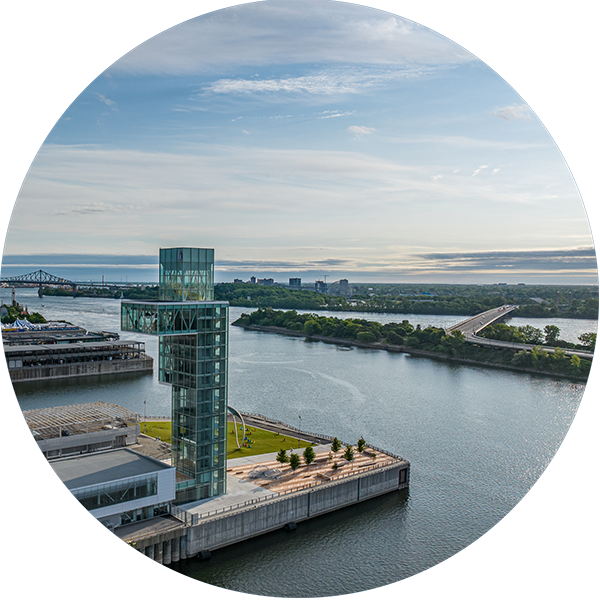
Planting of 3,000 trees within five years

Grand Quay: 24,000 herbs, plants and flowers, and a waterfront par
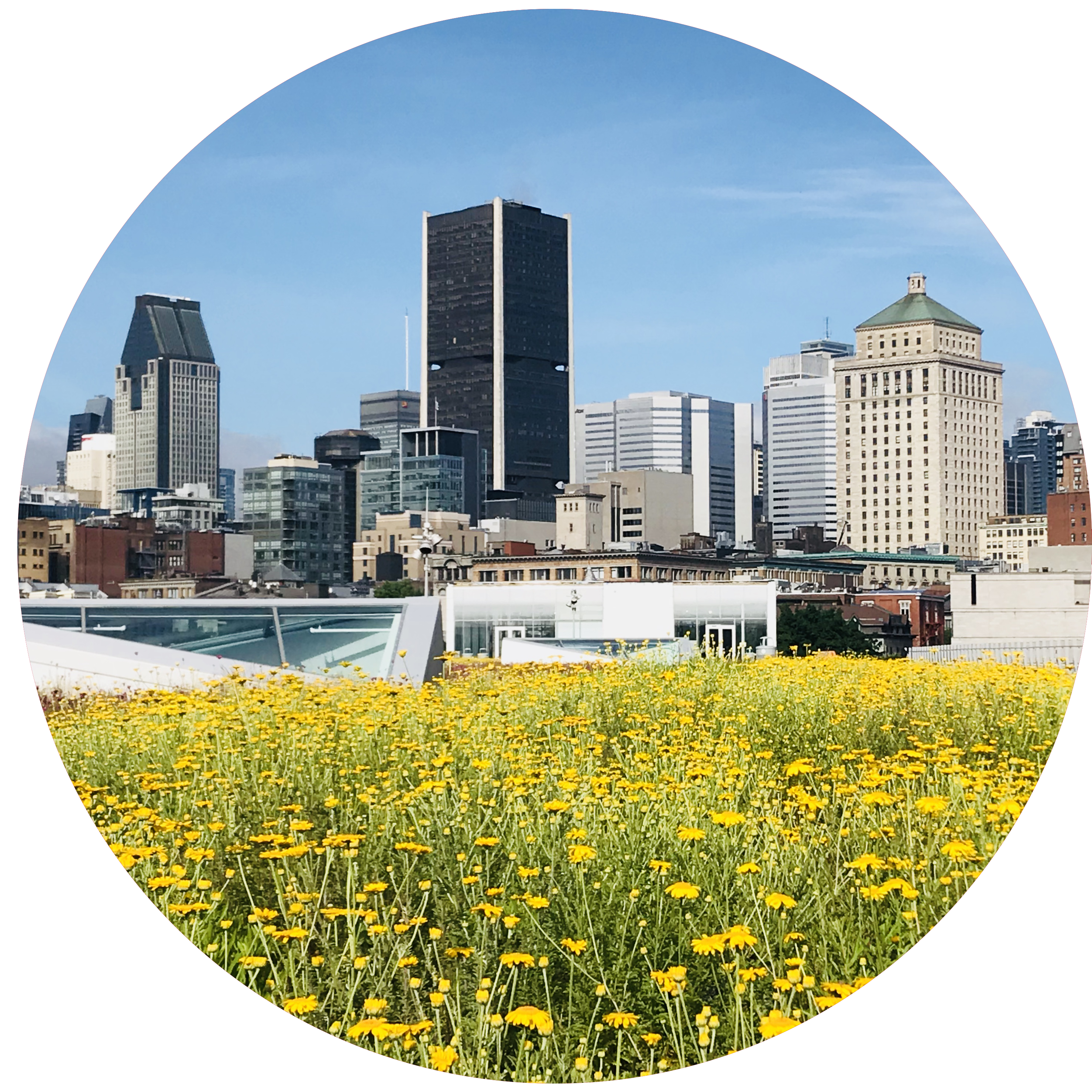
Promenade-Bellerive Park
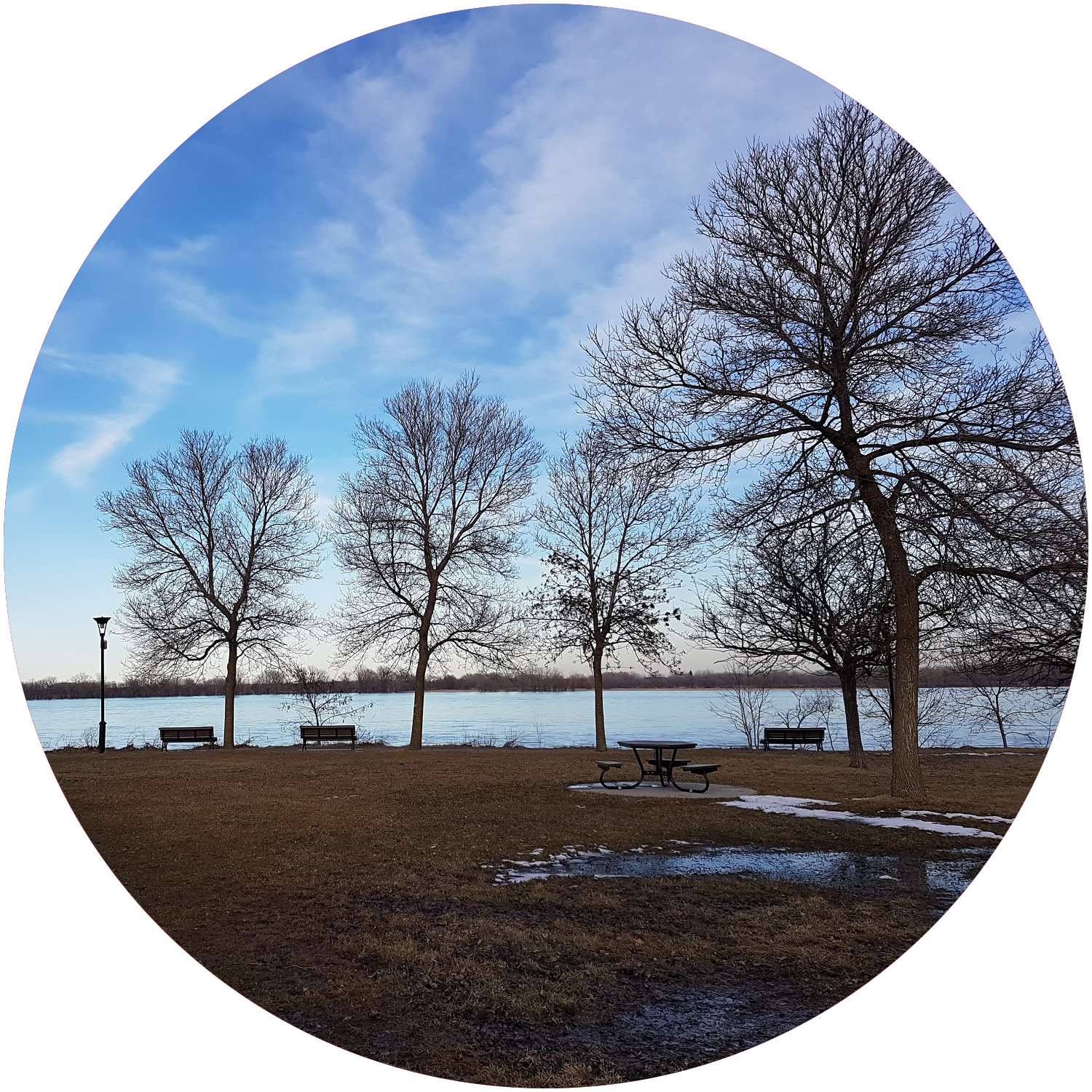
Boucherville islands
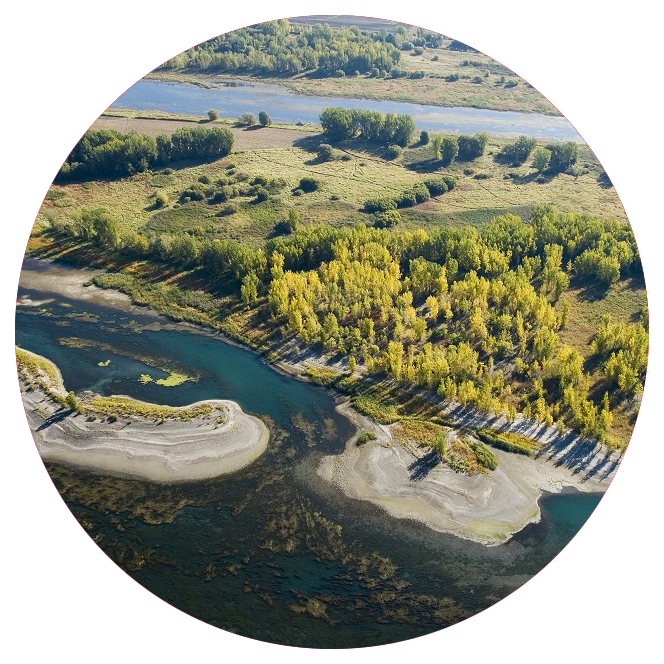
Protect wildlife
The Copper Redhorse
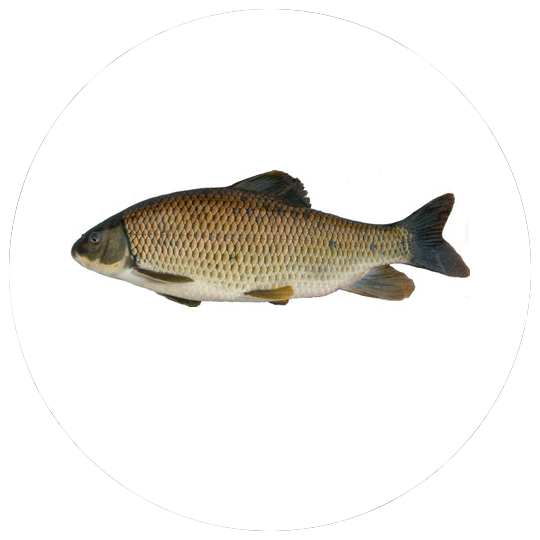
The Bank Swallow
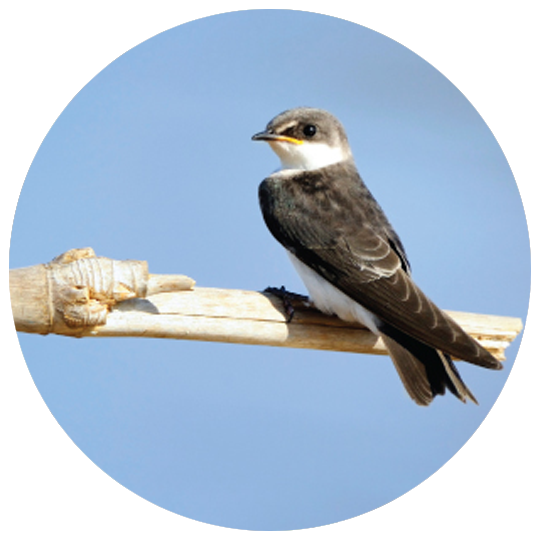
Western Chorus Frog
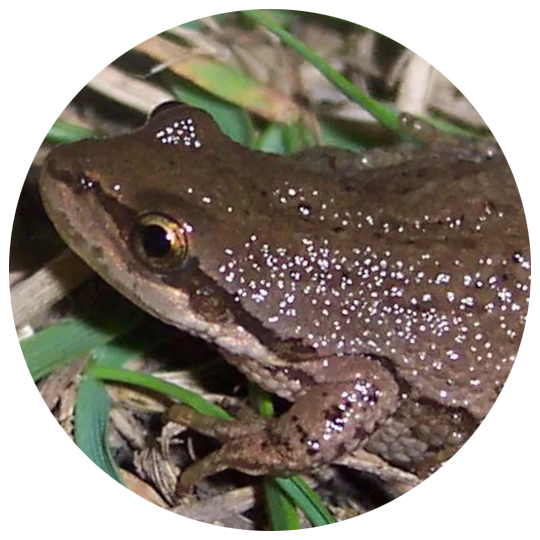
The Peregrine Falcon
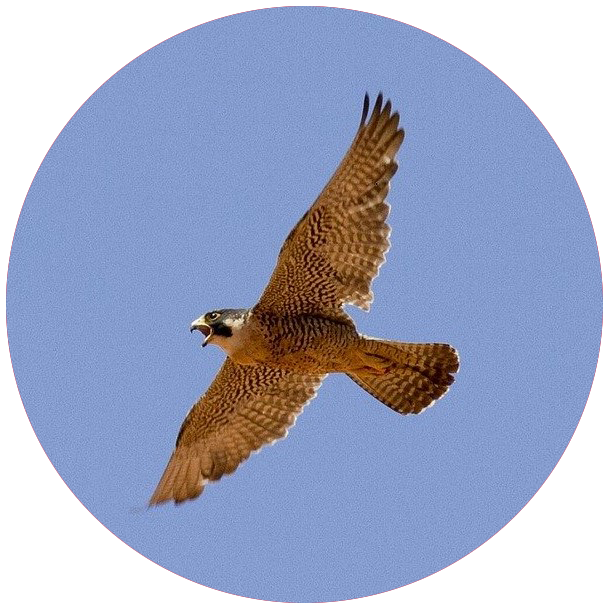
The Least Bittern
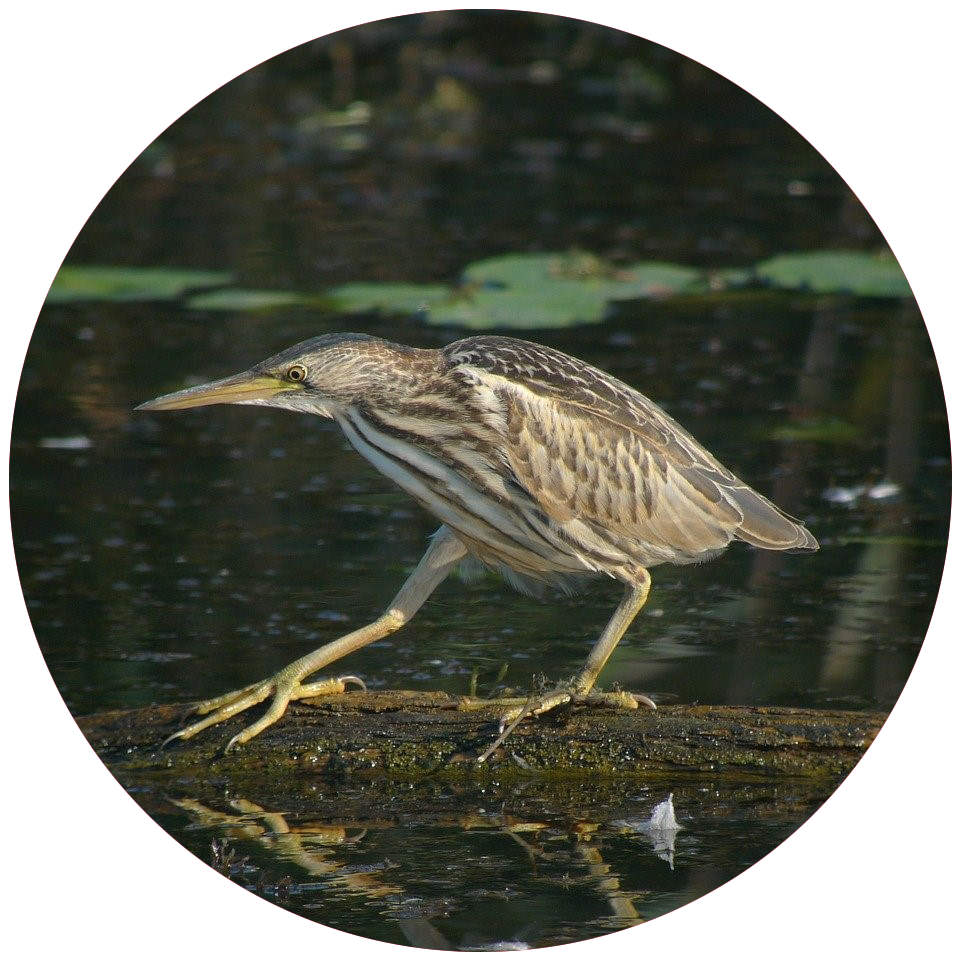
The Purple Martin
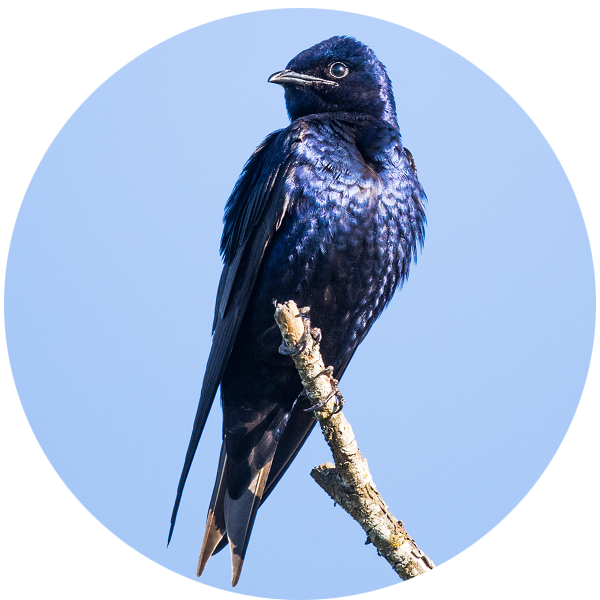
Bats
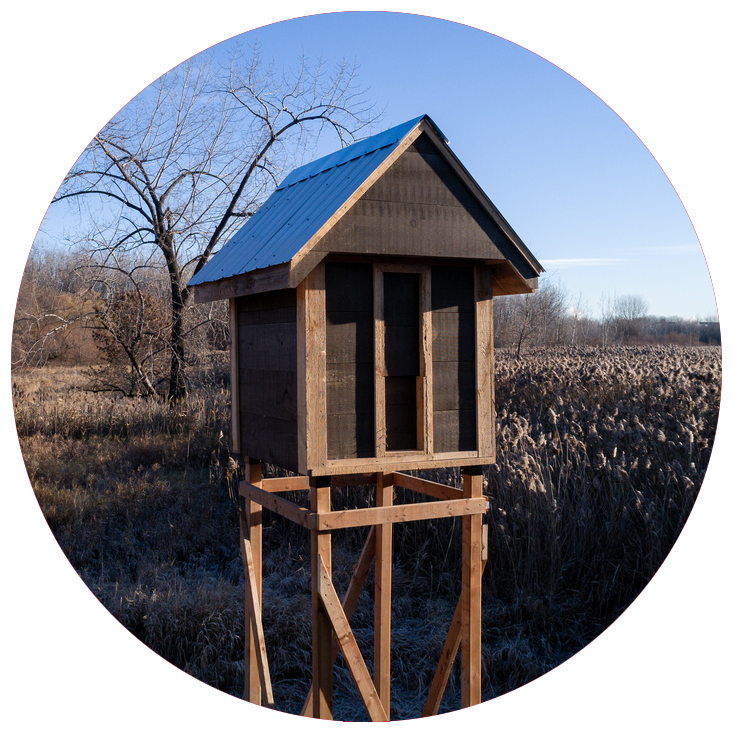
Improve water quality
Hydrodynamic separators
![]()
The Port financially supports the St. Lawrence Action Fund
![]()
